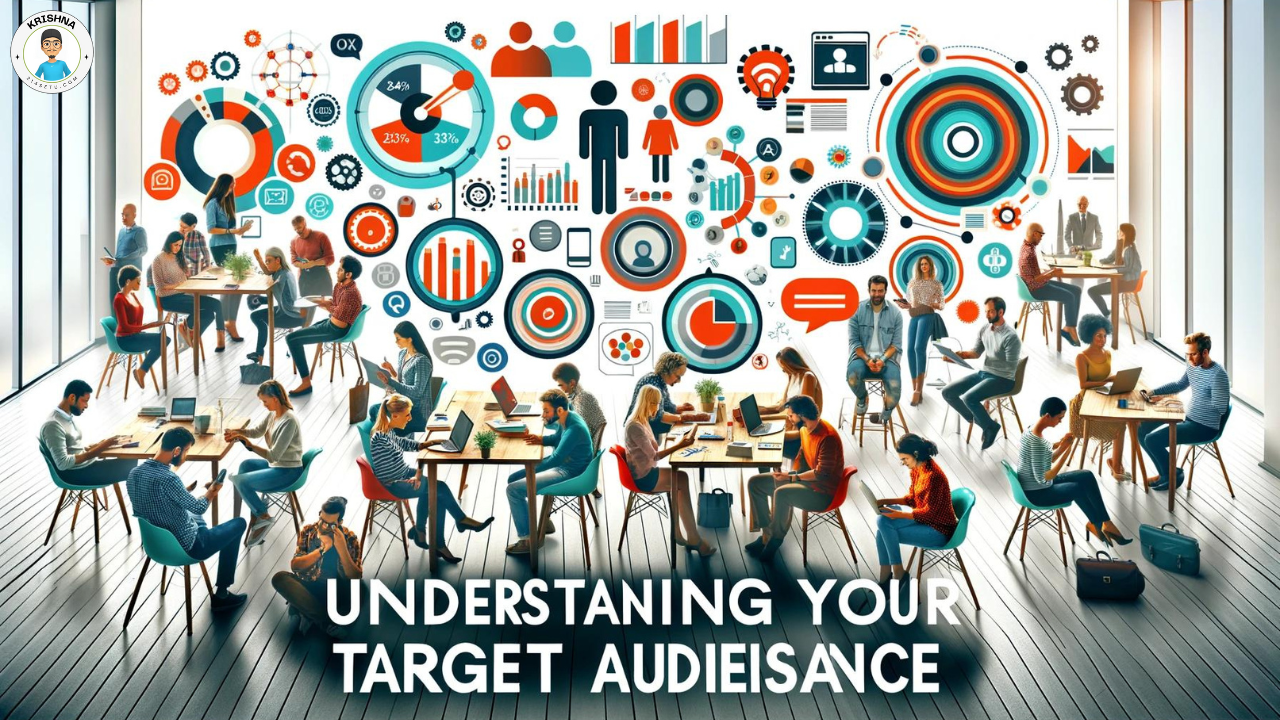
Are you struggling to connect with your ideal customers? Finding your target audience is like finding a needle in a haystack if you don’t know where to start. But don’t worry, we’ve got your back. In this guide, we’ll walk you through the essentials of understanding and capturing your target audience, helping you refine your marketing strategies and boost engagement. Ready to dive in?
Why Understanding Your Target Audience Matters
Understanding your target audience is the cornerstone of effective marketing. Without this knowledge, your efforts can feel like throwing spaghetti at the wall and hoping something sticks. Knowing who your audience is helps you:
- Tailor your messages to resonate with them.
- Choose the right marketing channels.
- Allocate your budget more effectively.
- Increase engagement and conversion rates.
Defining Your Target Audience
First things first, let’s break down the different types of information you need to gather about your audience.
- Demographic Information
- Age
- Gender
- Income Level
- Education
- Occupation
- Psychographic Information
- Interests
- Values
- Lifestyle
- Personality traits
- Behavioral Information
- Purchasing behavior
- Brand loyalty
- Product usage
Conducting Market Research
To gather the above information, conduct thorough market research:
- Surveys and Questionnaires
- Craft questions that dig deep into the preferences and behaviors of your audience.
- Use tools like SurveyMonkey or Google Forms.
- Focus Groups
- Gather a diverse group of potential customers to get in-depth feedback.
- Discuss their preferences, dislikes, and suggestions.
- Social Media Analytics
- Use tools like Facebook Insights, Twitter Analytics, and Instagram Insights to understand who’s interacting with your content.
- Competitor Analysis
- Study your competitors’ audiences.
- Identify gaps and opportunities for your own strategy.
Creating Buyer Personas
Once you’ve collected your data, create detailed buyer personas. Think of these personas as fictional characters that represent your ideal customers.
Persona Example: Millennial Mike
- Demographics: 28 years old, male, $60,000 annual income, bachelor’s degree.
- Psychographics: Enjoys tech gadgets, values sustainability, leads an active lifestyle.
- Behaviors: Prefers online shopping, loyal to eco-friendly brands, uses social media daily.
Crafting Engaging Content
Tailor your content to your target audience:
- Use Their Language
- Mirror the language and tone your audience uses.
- Avoid jargon unless your audience is familiar with it.
- Address Their Pain Points
- Create content that solves problems your audience faces.
- Use blog posts, videos, and infographics to provide value.
- Leverage Storytelling
- Share stories that your audience can relate to.
- Highlight how your product or service has helped others like them.
Choosing the Right Marketing Channels
Identify where your audience spends their time:
- Social Media Platforms
- Younger audiences might prefer Instagram and TikTok.
- Professionals may spend more time on LinkedIn.
- Email Marketing
- Personalized emails can directly reach your audience.
- Segment your email lists based on the personas.
- Content Marketing
- Blog posts, podcasts, and videos are great ways to engage and educate.
Analyzing and Adjusting Your Strategy
Constantly review and tweak your approach:
- Monitor Analytics
- Use Google Analytics, social media insights, and other tools to track performance.
- A/B Testing
- Test different messages, images, and calls-to-action to see what works best.
- Feedback Loop
- Regularly seek feedback from your audience and adjust your strategies accordingly.
Wrapping Up
Understanding and capturing your target audience isn’t a one-time task; it’s an ongoing process that evolves with your business and market trends. By defining your audience, conducting thorough research, creating engaging content, and continuously refining your strategies, you can connect with your ideal customers and drive your marketing success. Ready to put these tips into action?
FAQs
- Why is identifying a target audience important? Identifying a target audience helps tailor your marketing efforts to those most likely to engage with and purchase your products or services.
- How often should I update my buyer personas? Update your buyer personas at least once a year or whenever there are significant changes in your market or customer base.
- What tools can help in understanding my target audience? Tools like Google Analytics, social media insights, and survey tools like SurveyMonkey can provide valuable data on your audience.

